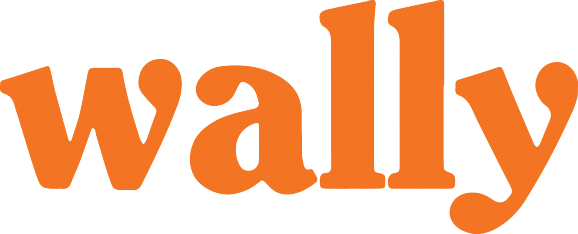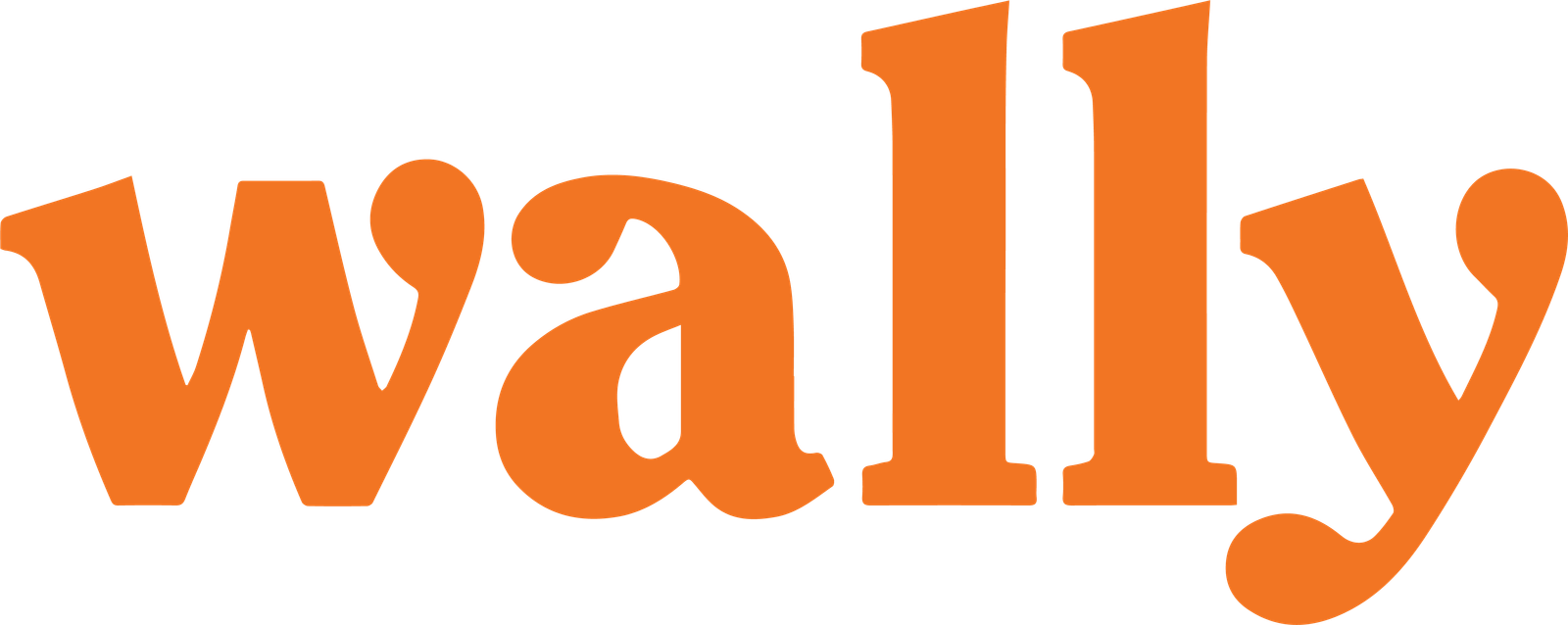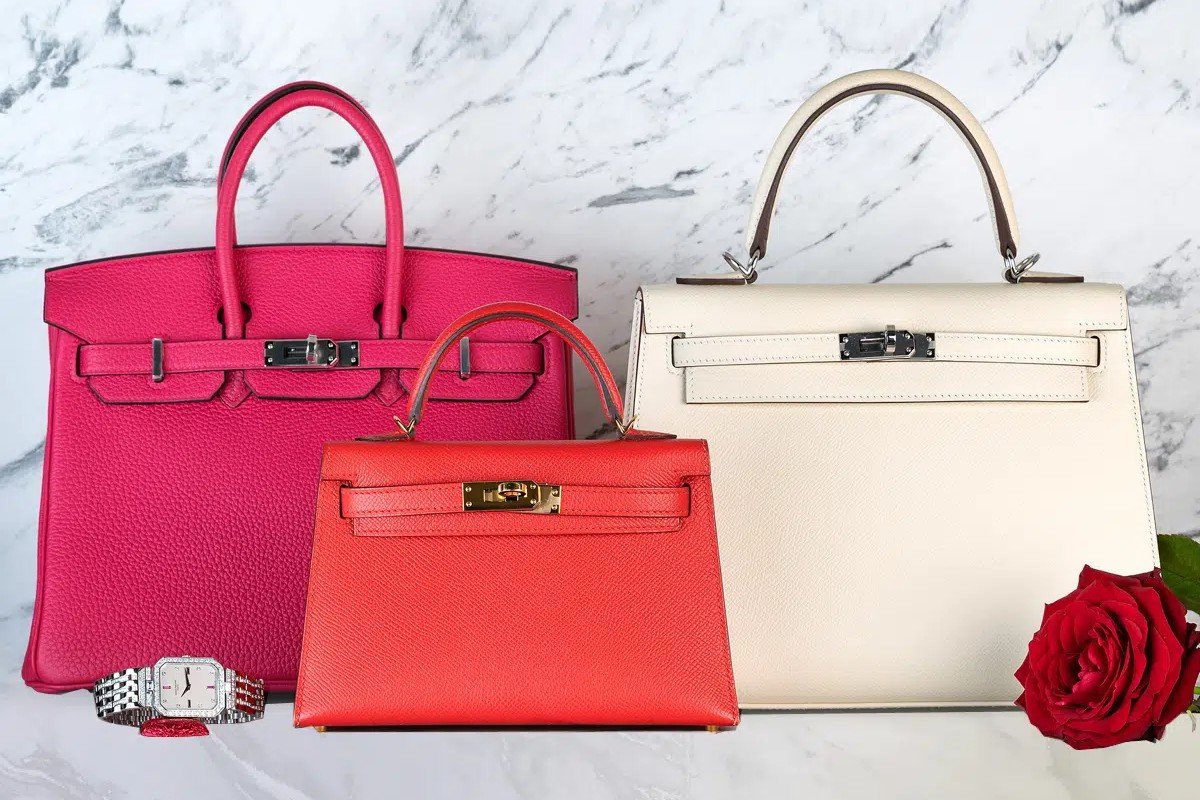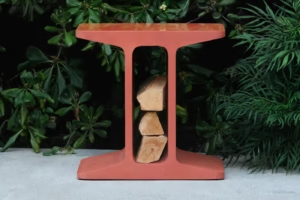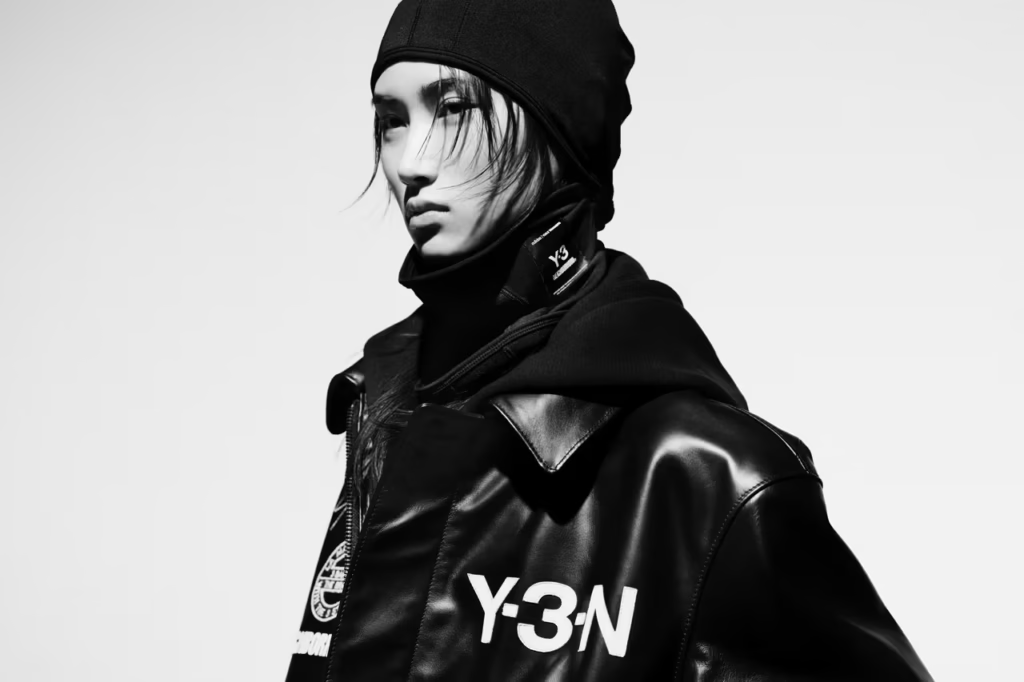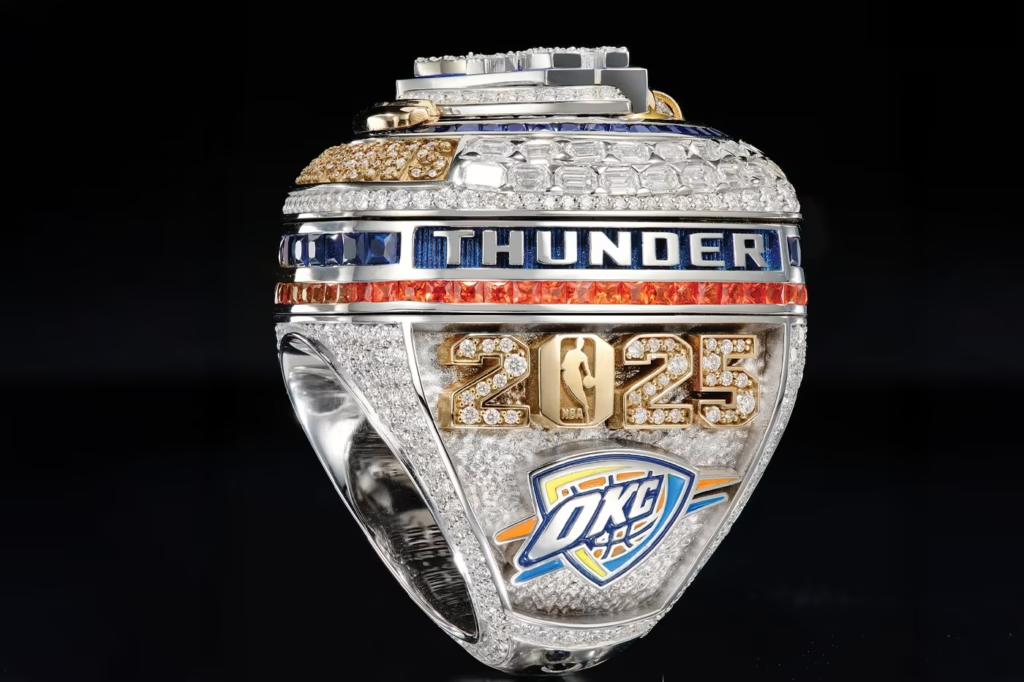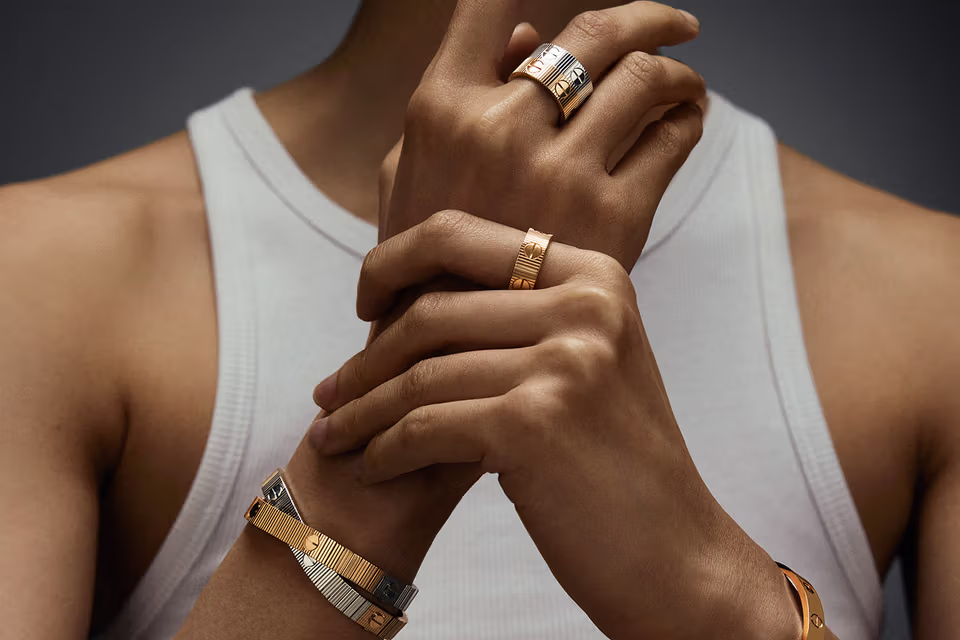Amid industry-wide struggles, Hermès proves once again that exclusivity and smart pricing are a winning formula.
Strategic Price Hikes Keep Hermès Ahead
Hermès reported a 9% year-over-year sales increase for Q2 2025, reaching €3.9 billion ($4.5 billion USD) and holding strong even as other luxury giants falter. The brand credits its success to a carefully calculated price increase strategy, which not only preserved margins but also helped absorb new U.S. import duties.
The move follows a wave of uncertainty triggered by the Trump administration’s proposed 30% tariff on European goods. Though that figure was recently negotiated down to 15%, Hermès had already acted — increasing global prices by 7%, with an extra 5% added for the U.S. market beginning in May.
Despite the steeper prices, loyal customers continue to buy. With Birkin and Kelly bags already starting around $10,000, the brand’s exclusivity and limited distribution model have kept demand steady — especially in the U.S., where luxury appetite has held firmer than in markets like China.
Long-Term Growth Through Production Expansion
Looking beyond pricing, Hermès is doubling down on infrastructure. The company is expanding production capacity with several new factories, including one opening this year in Isle d’Espagnac and three more set to launch through 2028. These will help meet continued demand, particularly for the brand’s most iconic bags.
While competitors like LVMH and Kering are navigating slowed demand and shifting global economics, Hermès has emerged as a standout. Its share price has risen 2% since January, and in April, it surpassed LVMH to become the world’s most valuable luxury company — hitting a market cap of $276.3 billion USD.
In an unpredictable luxury landscape, Hermès is proving that steady, strategic moves — not flash — keep a brand on top.
